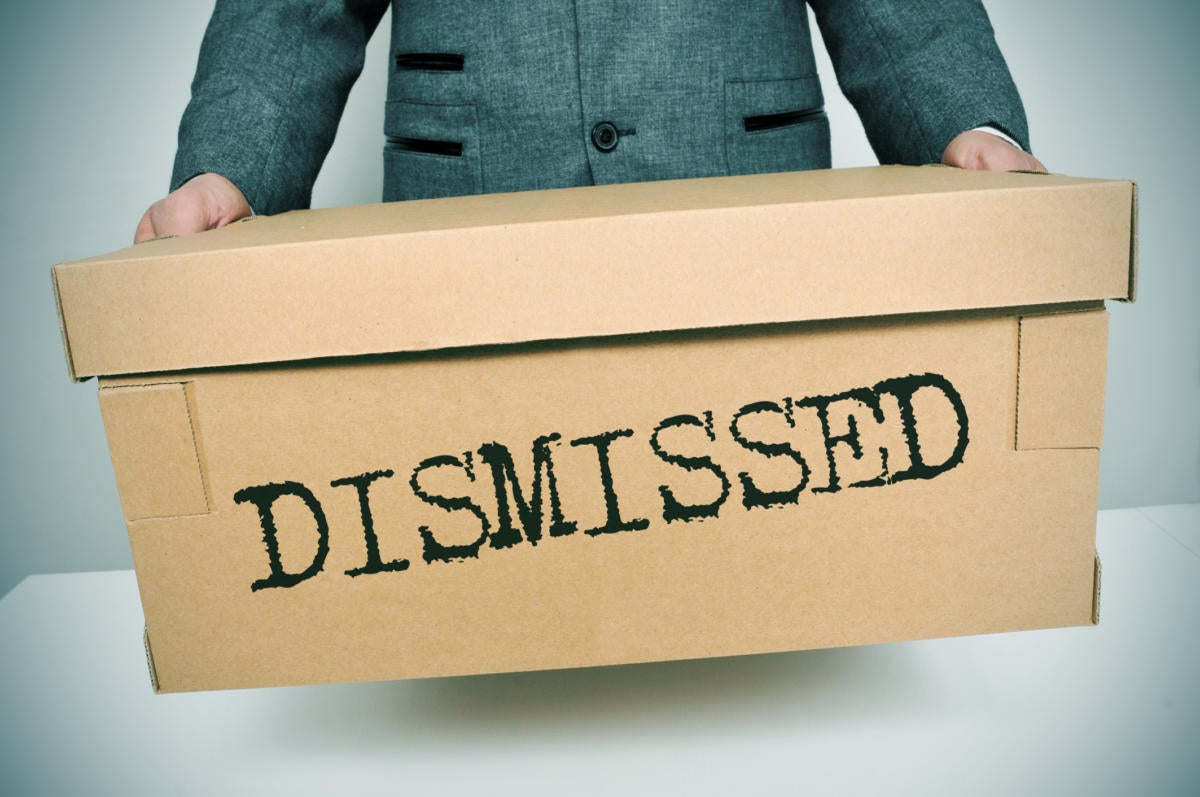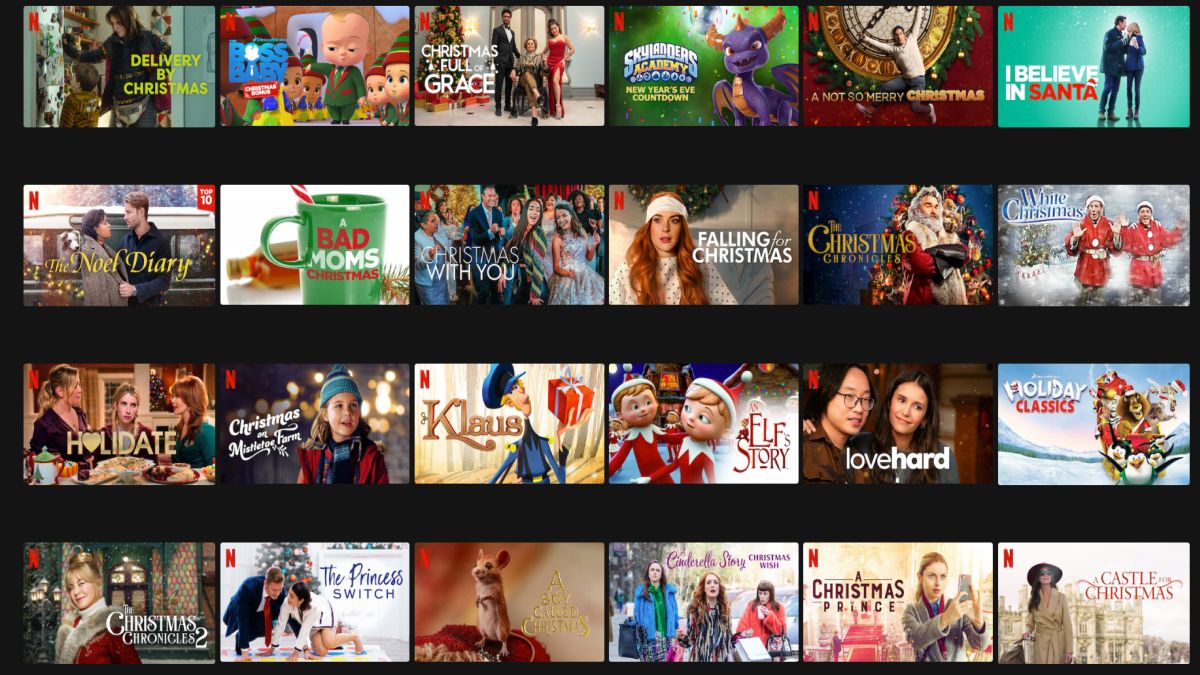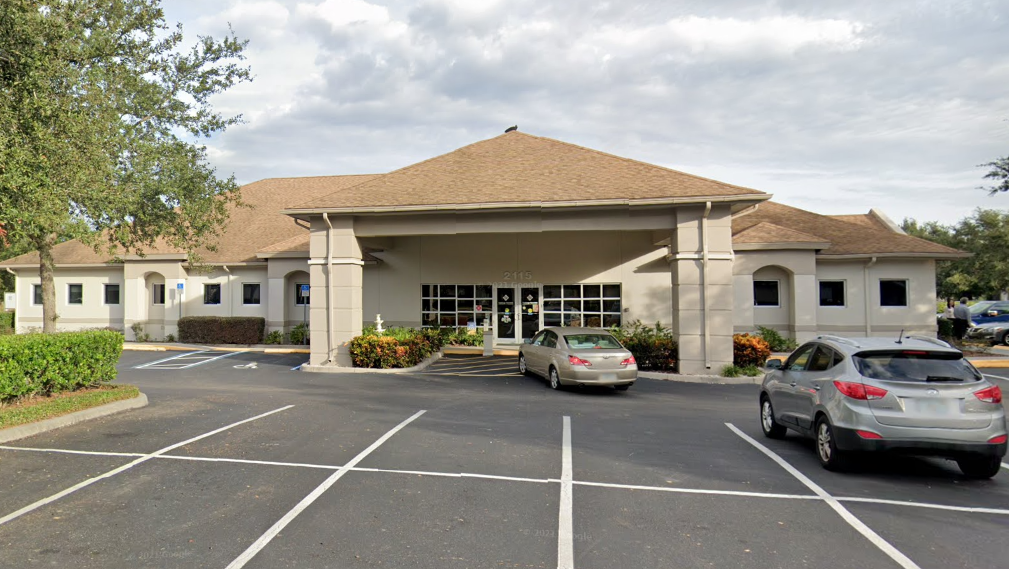Photo by: STRF/STAR MAX/IPx 2020
STRF/STAR MAX/IPx
For decades, a decline in regional advertising was an early warning indication of an approaching economic downturn, with regional advert income typically declining as a lot as a 12 months in advance of national advertisement sales. The motive is distinct countrywide advertisement campaigns just take a ton of time and revenue to prepare and watch. Local organizations (imagine of your neighborhood vehicle supplier or grocery store), on the other hand, are fast to experience a decline in revenues and can only decide up the cell phone and cancel all approaching advertising and marketing.
Having said that, the occasions they are a changing. Electronic ad income declines may perhaps now turn into the early warning indication that we are about to enter the up coming economic slump. That’s the perspective of quite a few on Wall Avenue soon after Snap’s CEO on Might 23 amazed lots of analysts with a bearish outlook on ad profits for Q2, some thing which is likely to be announced at other on the internet corporations relying greatly on marketing gross sales these as Alphabet
GOOGL
GOOG
Talking at JP Morgan’s 50th Yearly World-wide Engineering, Media and Communications Meeting 2022 on May well 23 in a Q&A Session with JPMorgan Chase & Company Taking care of Director and Internet Analyst, Snap Co-founder, CEO & Director Evan Spiegel admitted that the prior outlook of 20-25% income expansion in ‘Q2 was out the window.
“Well, the macroeconomic setting has surely deteriorated even further and more quickly than we anticipated when we issued our guidance for the next quarter. So even however our earnings continues to expand 12 months-more than-12 months in the next quarter, it is probable that profits and EBITDA will arrive in beneath the small conclusion of our advice range,” mentioned Spiegel. SNAP shut down 43% at $12.79 and now trades at 15% of its 52-week higher of $83.34 on 09/24/21.
Spiegel ited a amount of negatives impacting ad profits, including supply chain troubles, inflation, concerns about curiosity premiums, among other troubles.
In the past economic recession, declining electronic ad profits were not an early warning of a economic downturn. In what is now referred to as the “Great Depression” (calculated from December of 2007 to June of 2009), the data exhibits that neighborhood advert income in fact dropped by much more than 3% in 2007 while nationwide advert profits rose by much more than 2%.
Equally nationwide (-4%) and local (-9%) fell in 2008, with 2009 getting a horrible year for the two segments of marketing, with neighborhood cratering virtually 21% and countrywide falling by 14%. But as Wells Fargo
WFC
And in reality there was a pattern of electronic ad sales falling fast heading into 2020, but it wasn’t signaling a complete-on recession. Somewhat, both of those nearby and nationwide advertisement earnings fell 7% in 2020, and while digital took a important downturn (growing only 2.4% in 2020 just after a pop of +23% in 2019) it was up for the full-year.
A different analyst place out a report that also signaled the SNAP warning could be lousy information for the overall economy in common. Mark Mahaney, an analyst at Evercore
EVR
In fact, we are lengthy overdue for a recession, which typically happens about just about every 10 a long time. And though it is receiving progressively additional probably, most economists do not think it will be as long and as deep as the final recession. A lot more than 50 % of the economists and other industry experts surveyed by the National Association of Enterprise Economics say the possibility of a downturn in just 12 months is higher than 25%.
Goldman Sachs economists are a lot more sanguine about the economic climate, but still they put out a manual for Consumers on how to prepare for an economic downturn. “A recession is not unavoidable, but shoppers consistently question what to count on from equities in the event of a economic downturn,” wrote main U.S. fairness strategist David Kostin as the report was unveiled on Might 19. Goldman Sachs pegged the possibility of recession at 35% in the next two years.







